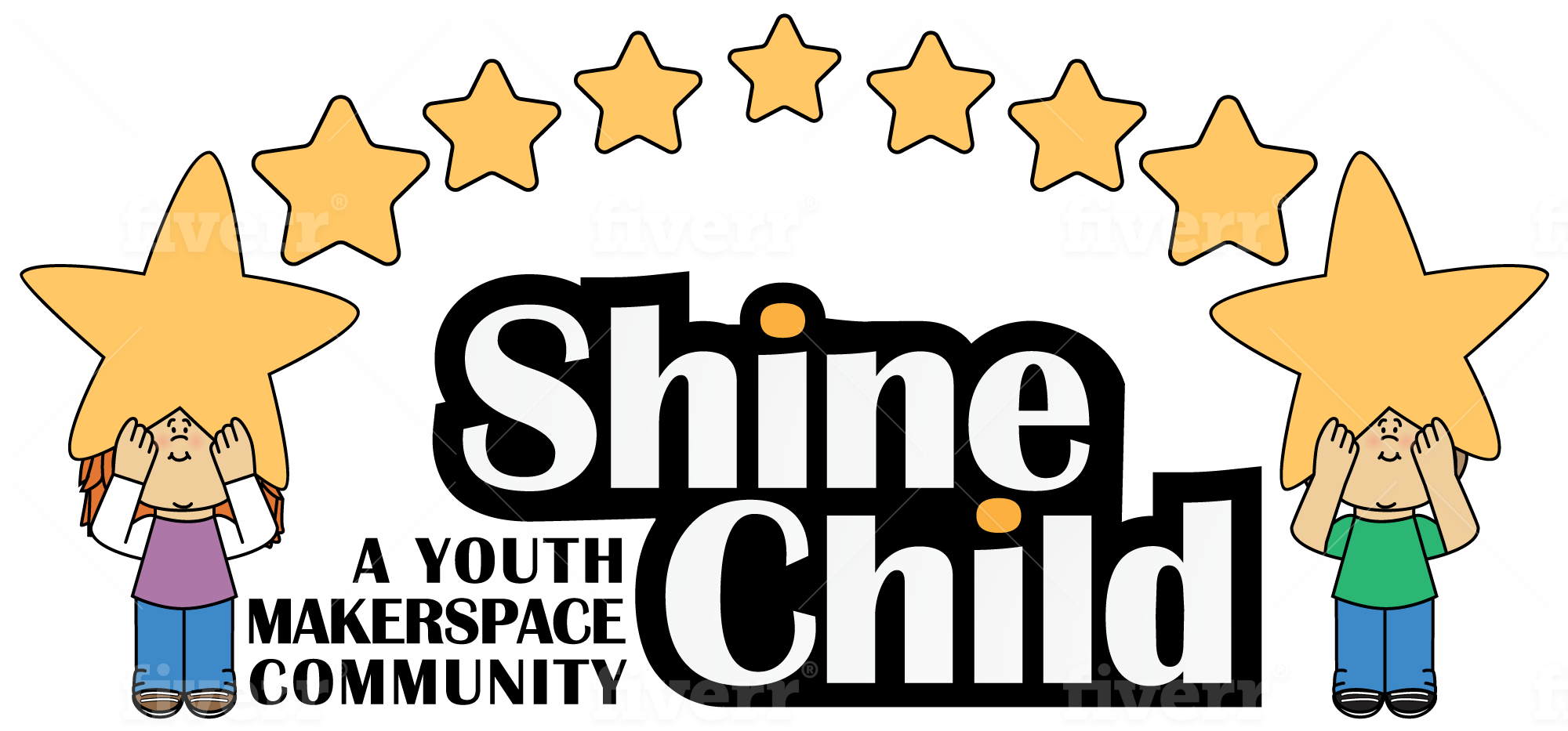If you are hunting for a guide that talks about boosting creativity in children through school-based centers, this creation from Laura Fleming is what you need. There are very few guides as perfect and interesting as this small book. In just sixty pages, the author has described makerspaces wonderfully. What makes the book different from many others would be its realistic examples and experiences.
Fleming has used her own experiences in helping others understand what a vibrant makerspace should look like. After all, she was a successful school librarian, who transformed her work area to a great makerspace. If you are looking for the nuts and bolts of Laura Fleming’s book, keep reading!
Laura Fleming’s Makerspace
According to Laura Fleming, the makerspace is a place where young learners gain hands-on experience. They engage actively in doing various things. The makerspace is not meant for theories, reading or talking about ideas. Instead, it is a place where you can do things.
Most of the time, makerspaces become reflections of a person’s imagination and explorative thinking. At least, this is what Fleming feels and conveys through her book.
It is always different!
Fleming strongly believes that no two makerspaces can be the same. There will be differences in the environment, feel and ideas. Even if the stations in the makerspaces are the same, you will find a different vibe and flow of ideas.
Fleming describes her makerspace beautifully in the book. She had interactive boards where kids can solve day-to-day engineering problems. Children were allowed to dismantle computers and build them again. They were allowed to solve such problems on screen, and in real stations.
The Real Philosophies
Philosophies of Maker Fairies and Dewey has helped Fleming build her world. The Philosophy of Dewey was all about hands-on learning. Though hands-on approaches are in its testing era, Fleming has strongly relied on them. Next, would be the Maker Movement. The Maker Movement shows a strong relationship between engineering, arts and education communities. It blends these domains in a meaningful way. As you go through the book, you will find Fleming taking you through Dewey and the Maker Movement beautifully.
The Verdict
Throughout this book, you will see many real-life experiences of Fleming. You will come across her students and their innovative ways in the makerspace. She talks about how her makerspace helped students find a way into great college programs and careers.
